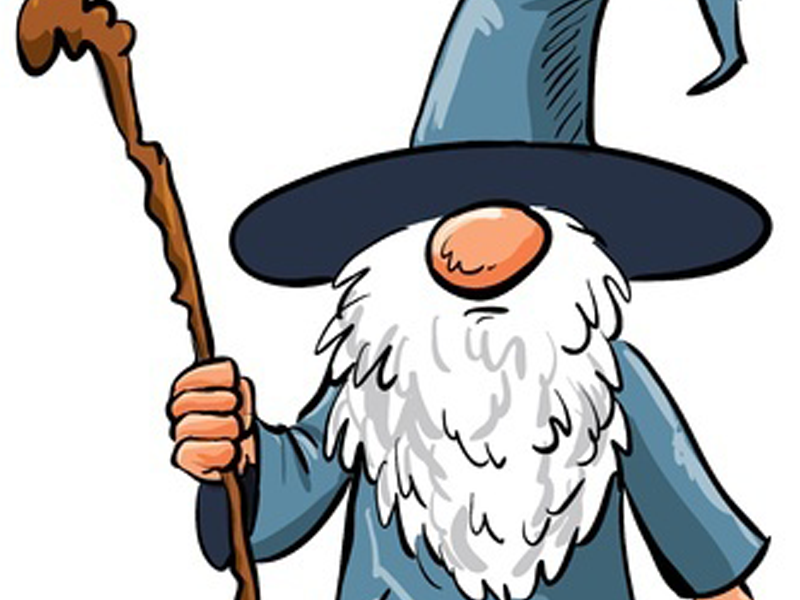
Once upon a time, following a workshop on stress reduction, a wizard and four of his top pupils went for a walk in the enchanted woods. A fifth student, whom the others felt was an outsider, followed at a distance. The woods were a magical experience, filled with beauty and many animals.
As they walked, one student watched as a butterfly struggled to escape from its cocoon. In an act of kindness, the student cracked open the cocoon, freeing the butterfly to begin its life in a less stressful manner.
Down the path, they observed two rams cracking their horns into each other, becoming more and more aggressive. A second student calmly walked up to them and soothed them with his touch. They ceased their aggression and the group continued on their journey.
Soon afterward, the group stopped to watch the activity of a large beehive. In it, they observed one drone overly driven to work and on the brink of exhaustion (wizards and their students apparently have this keen sense of perception – or at least it makes for a good story). They watched as the bee ensured each egg had enough honey for growth and protection. They watched as he showed the other drones where to collect the most pollen. Then they watched as he took up his role to protect the queen. Admiring his sacrifice, another student removed him from the hive and placed him in a nearby honeycomb where he felt the overworked bee could enjoy a well-deserved rest from his frantic pace.
As they continued into the forest, they eventually encountered a frustrated monkey trying to climb a vine on the trunk of a banana tree. They could see he was eyeing a low-hanging bunch of bananas. The youngest, but most athletic student, cut the vine, created a lasso from it and roped the bananas, bringing them down for the little primate to enjoy.
The wizard quietly watched each of these efforts by his students to assist these struggling friends of the forest.
They continued their walk, enjoying the fresh smells of the forest, the colors of the flowers and the miracles of nature around them. After a typical wizard lunch of assorted bark, nectars and fruits, the ensemble started back toward their village.
On the way, they were struck that none of the animals they had assisted were to be seen. On their arrival home, they noticed great activity at the residence of the student who had lagged behind the group. The students walked up and joined the multitude watching the student as he nursed a number of weakened animals back to health: a monkey, two rams, a bee and a butterfly. Each of whom had been the recipient of the students’ efforts.
Bewildered, the students asked the wizard what malady had struck the animals that were so active such a short time prior. The wizard calmly explained, “In your efforts to ‘help,’ you actually impeded the efforts that made each so special. The butterfly cannot fly unless he frees himself. It is the actual effort to try to escape the cocoon that strengthens his wings for the rest of his life. The rams’ internal conflict is necessary to help them strengthen each other. This bee had a servant’s heart, seeking only to make others more successful, and could not function without a purpose to make the hive more prosperous. The monkey ate only the one bunch of bananas, but became weak. He was learning to use the vine to climb the tree and have access to all the bananas the tree produced this year.
“You see, my young apprentices, we do not always help others by eliminating those things that make us uncomfortable. Failure, innovation, dedication, personal attempts to grow, even internal conflict have a very vital place.”
“Then why didn’t you stop us?” all the students asked.
The wizard replied, “…And how could you learn more effectively than this?”
The Moral? Helping hands hyping harmony usually hinder. Cultures that stimulate a selfless dedication, constructive conflict, the freedom to fail and the encouragement to experiment are essential for progress of the individuals and the organization.